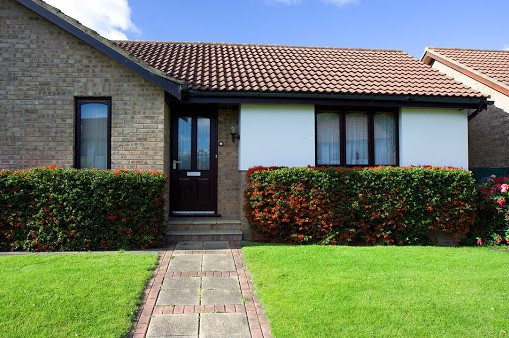Signs That Tell Your Melbourne Home May Require Underpinning
Subsidence of a building is the main reason for a house underpinning in Melbourne. However, the signs that indicate subsidence aren’t obvious. More attention is required to spot evidence for foundation subsidence.

What does subsidence refer to?
Subsidence is a situation where the soil on which a foundation sits drifts away, thereby leaving a cavity behind. Consequently, the structure subsides into the cavity.
Subsidence is caused by several reasons. However, subsidence is not the same as settlement. Settlement is a situation where the weight of a structure displaces the soil on which it sits or where a structure heaves, whereby the subsoil expands and pushes the structure upward.
In some cases, structural subsidence results from excavations near a building. Subsidence can also result from tree roots that suck soil moisture, faulty drain lines, drought, or changing water table level.
Signs of Subsidence
The main sign of subsidence is cracks forming in the interior or exterior wall. However, not all forms of cracks are caused by subsidence.
It’s often normal to notice minor cracks in old buildings. Also, small cracks are likely to be seen in a recently plastered wall.
Large cracks in an interior or exterior wall should worry you, especially when forming near the window or door frames.
Sticking doors and windows is another sign of subsidence, especially in situations where the building is leaning towards one side.
Possible Solutions
If you notice any signs of subsidence, hire a qualified structural surveyor to come and inspect the foundation soonest possible and determine whether there’s heaving or subsidence and the extent of the problem.
In some situations, removing any tree causing the damage or repairing a faulty drain line would be sufficient to fix the problem.
If the foundation instability is permanent, or the ground is extremely damaged, then underpinning may be required to strengthen and stabilize the foundation.
This is often the case with older houses since they typically have shallow foundations. Underpinning is quite expensive. Luckily, some insurances cover the cost of underpinning.
There are several techniques used in underpinning. One of the main techniques involves digging several sections beneath the foundation and filling the excavations with concrete.
Another main technique involves driving piles deep into the soil to support the foundation. Regardless of the technique to be used, underpinning should only be done by a qualified underpinning contractor.
Before hiring an underpinning company, ensure they specialize in underpinning. You should be certain that your property is in safe hands.


